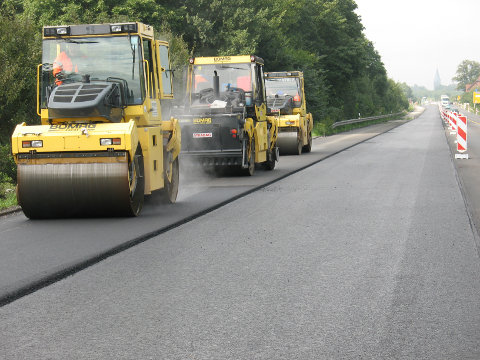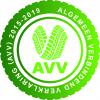
Asphalt
Recycling of old tyres in roads
The Netherlands has one of the highest concentrations of roads in the world with some 139 thousand kilometers of public road. Each year, some nine tonnes of asphalt are deposited on Dutch roads.
The road network is very busy and has to deal with changing weather conditions. The use of rubber in asphalt provides our road network with a number of opportunities and benefits. It offers financial benefits in the short and long-term, reduces nuisance and improves the driver’s ride experience. So what are we waiting for?
Expertimentele phase
Twenty years ago, highway construction companies in the Netherlands installed a two-layer “ZOAB” road (“zeer open asfalt beton”, or very porous asphalt concrete) that contained rubber from end of life tyres. The rubber was intended to improve the asphalt. Finely-ground old tyres were added to the bitumen and asphalt was then created by adding sand and stones.
However various health and safety issues among road builders resulted in them no longer using rubber granulate in road construction. Thanks to technological developments, rubber in asphalt is now making a comeback. Adding rubber to asphalt ensures a road surface that provides better springiness. The rubber dampens vibrations and reduces noise. A number of tests using rubber in asphalt have been carried out in the Netherlands in recent years.
In Kloosterzande, three sections of road have been laid using experimental surfaces made from rubber developed in Japan. In Enschede, a test has been conducted using rubber in asphalt and one test was carried out alongside the A50 near Apeldoorn with a so-called “super silent road surface”.
A silent road surface with less rutting and cracking
This road surface was both porous and elastic. The aim of the experiment was to achieve the highest possible noise reduction of eight decibels, which is four decibels quieter than ZOAB. The experiment was a success since the rubber achieved a noise reduction of nine decibels. The rubber therefore means that the road is far quieter. Using rubber in asphalt also delivers financial benefits in the medium and long term. The roads are more elastic which reduces the incidence of grooves and cracks forming. The roads require less servicing. And the traffic flows better so there are fewer jams!




